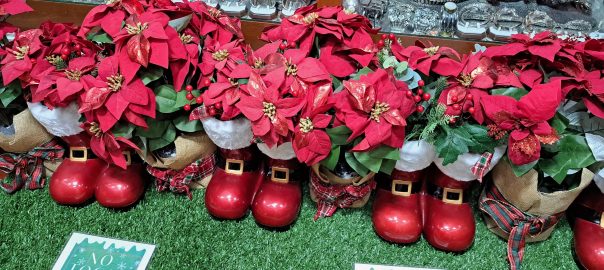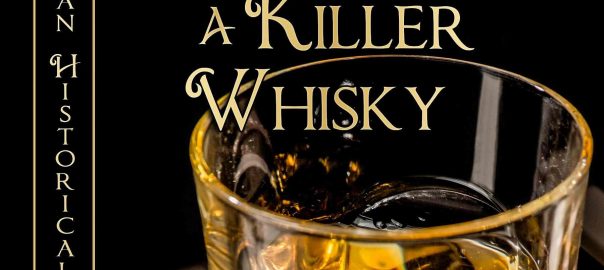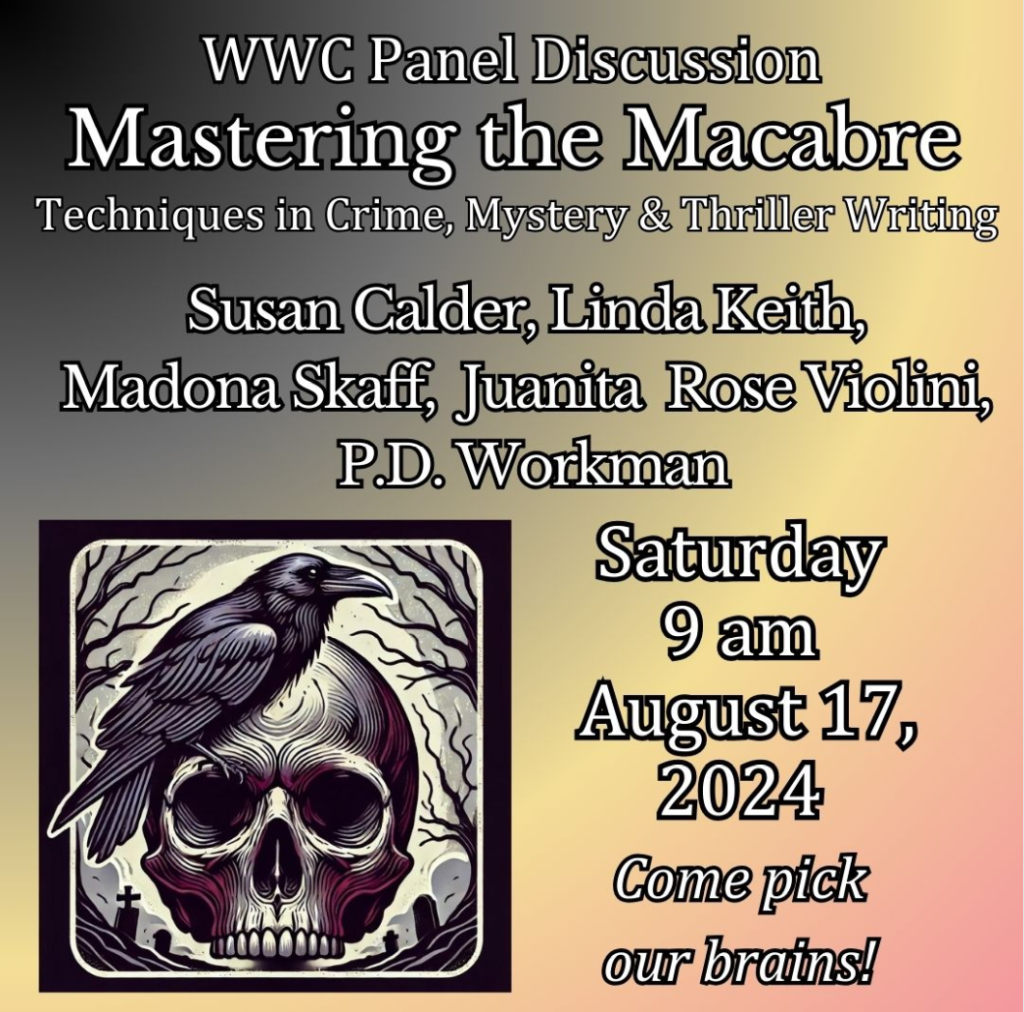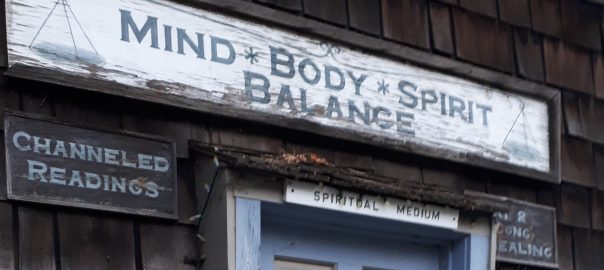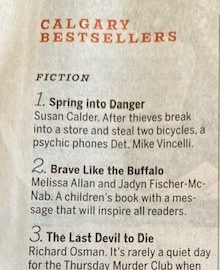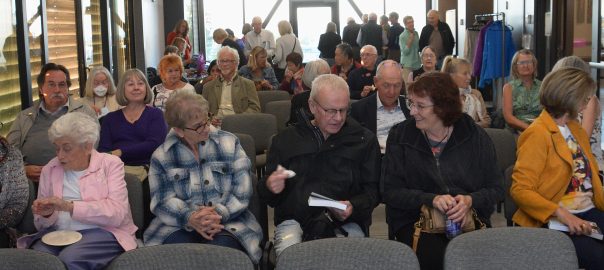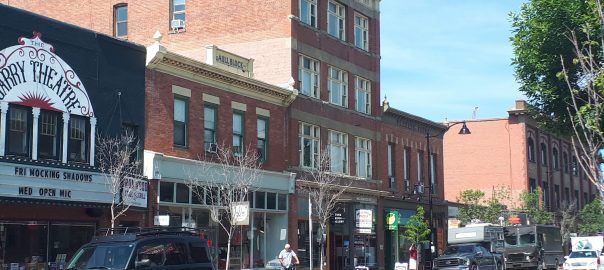My husband Will and I have developed the habit of spending part of November and/or December in Puerto Vallarta, Mexico. During our visits these past four years, we’ve noticed that as soon as the Day of Dead (Nov 1-2) celebrations are over Christmas decorations appear on buildings and streets. We northerners find it a bit jarring to see Santa Clauses in snowsuits and boots, reindeer, and our traditional Christmas trees juxtaposed with palm trees and swimsuits.
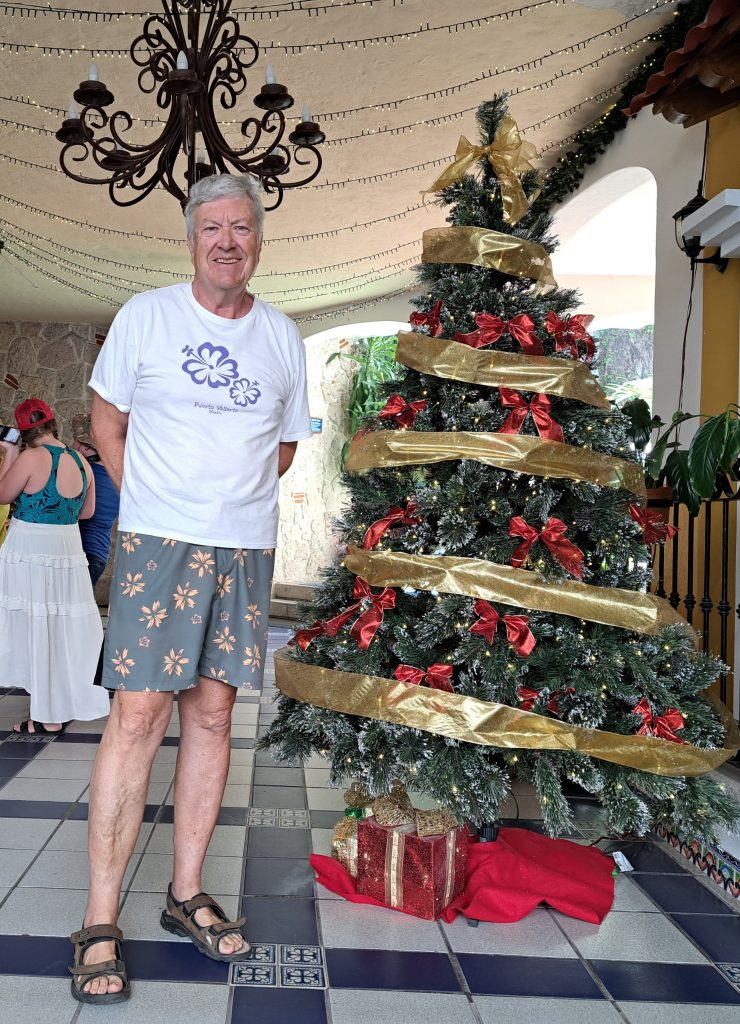
No doubt Mexicans display these decorations partly for snowbird tourists, but they seem to enjoy the festivity. Our hotel desk clerk was pleased when I admired the suggestion box she’d creatively decorated. I wonder if part of the appeal is that red, green, and white Christmas colours happen to be the colours of the Mexican flag.
Most Christmas decorations we saw for sale were similar to ones available at Canada Walmart, although occasional stores sold Mexican piñatas. Unfortunately, they were too bulky and fragile for us to bring home in our suitcases to add a Mexican flair to our own Christmas decor.
Mexico is a predominately Roman Catholic country and Christmas is ultimately a religious celebration. From December 1-12 some 400 processions wind through the streets of Puerto Vallarta and culminate at Our Lady of Guadalupe Church. These parades commemorate the appearance of the Virgin Mary to the peasant Juan Diego on December 12, 1531. Our hotel organized a procession for staff members and invited hotel guests to attend. They asked to wear white although the dancers appeared in colourful costumes.
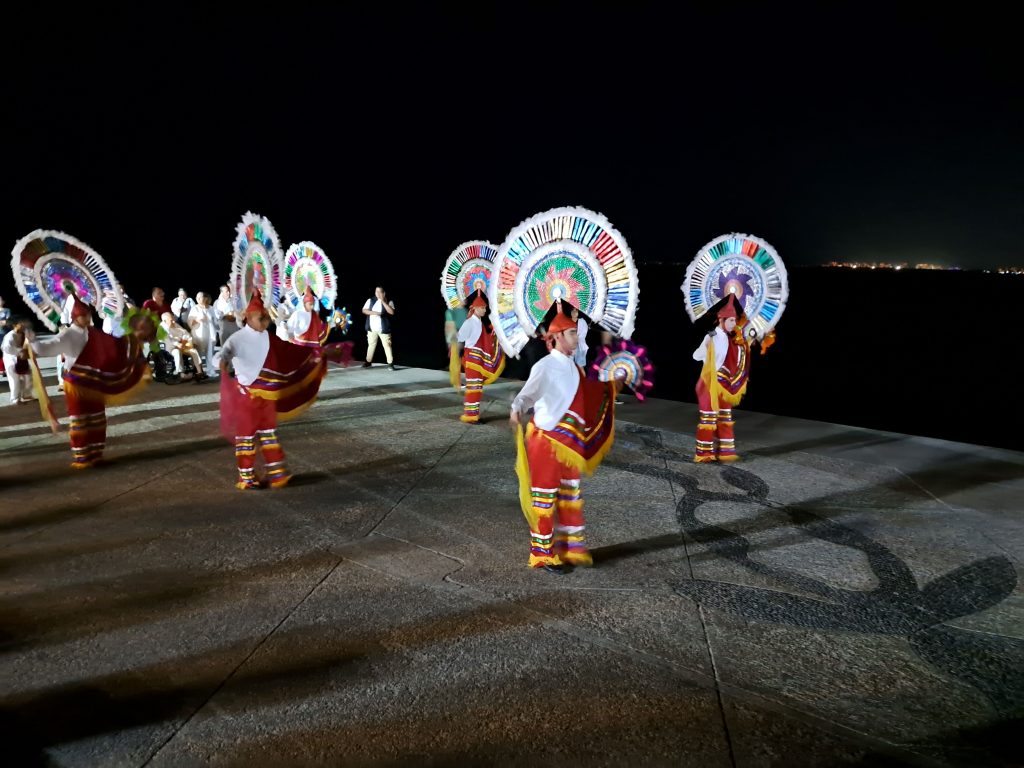
The candlelight processions include both Aztec and Christian costumes and motifs, mariachi bands, and singing by all participants (the organizers gave us song sheets). Food stalls filled the park in front of the destination, Our Lady of Guadalupe Church.
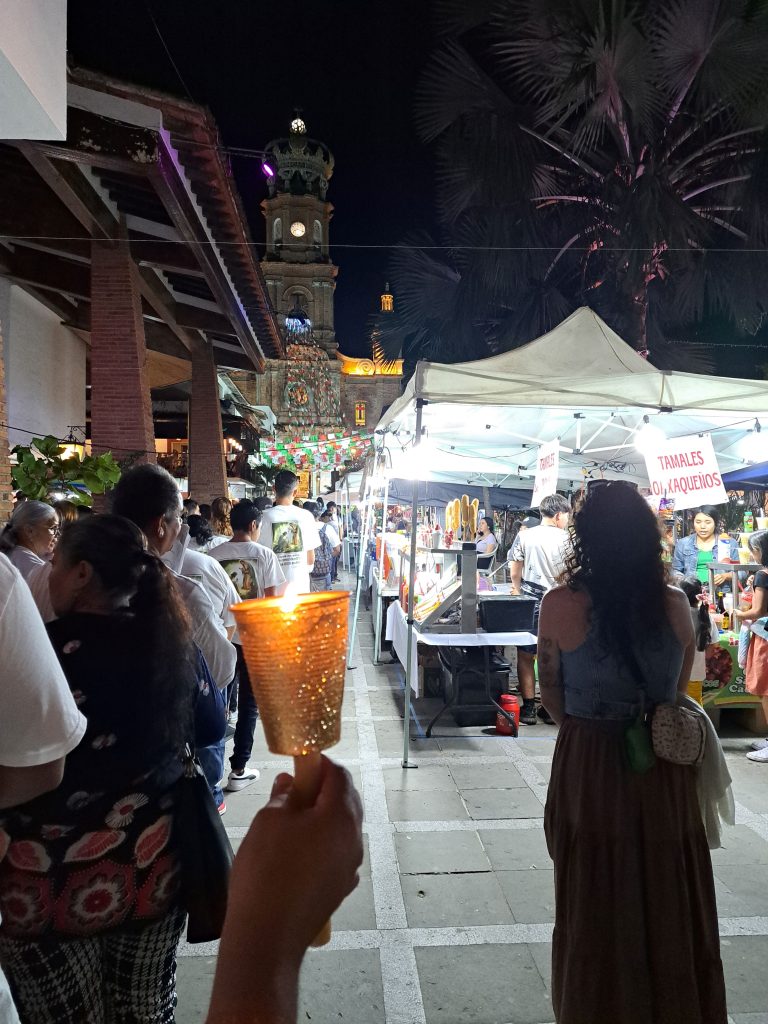
We found it a beautiful way to welcome the Christmas season. With luck we’ll continue our Mexico habit next year.
Happy Holidays to you!

